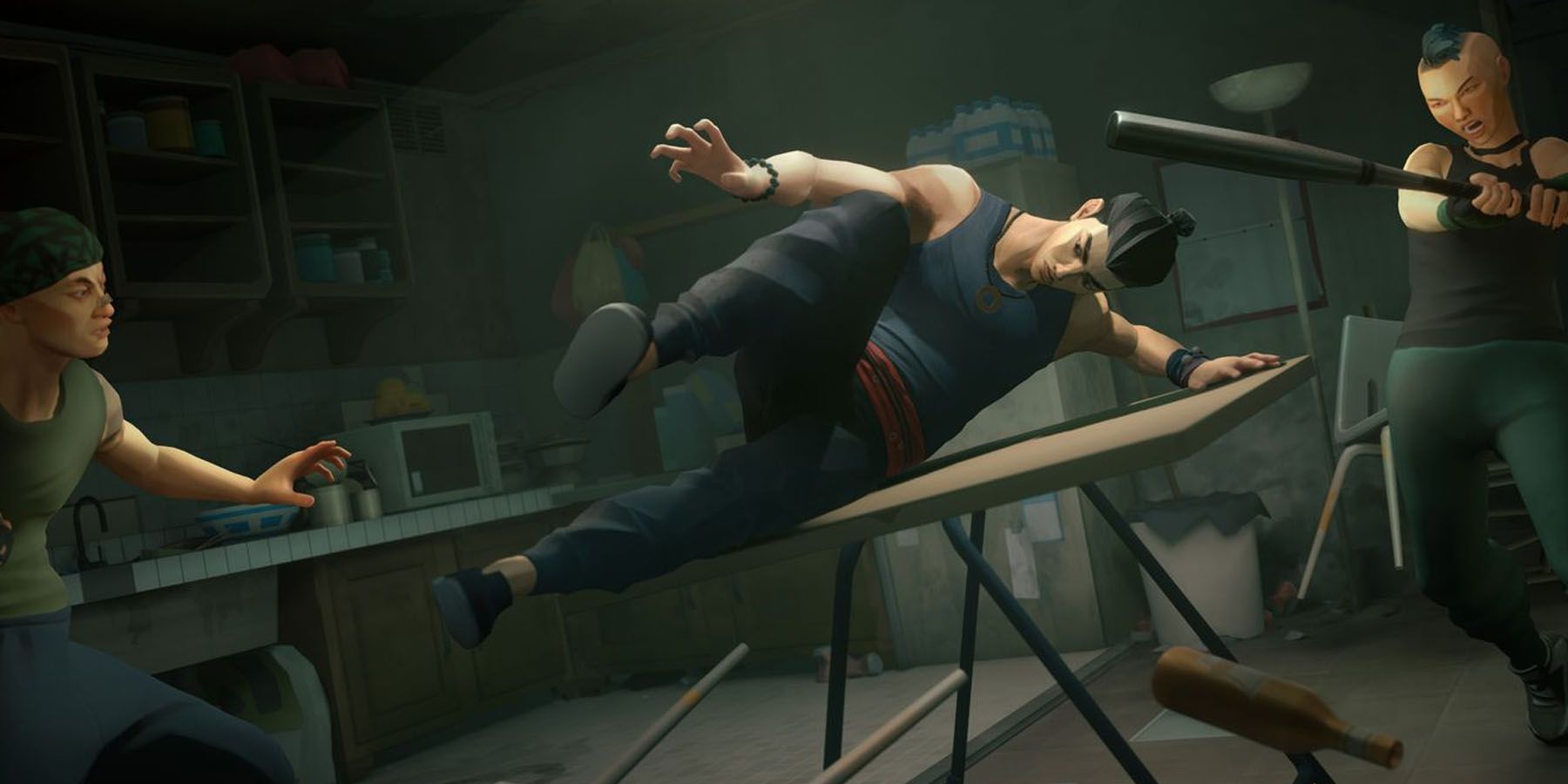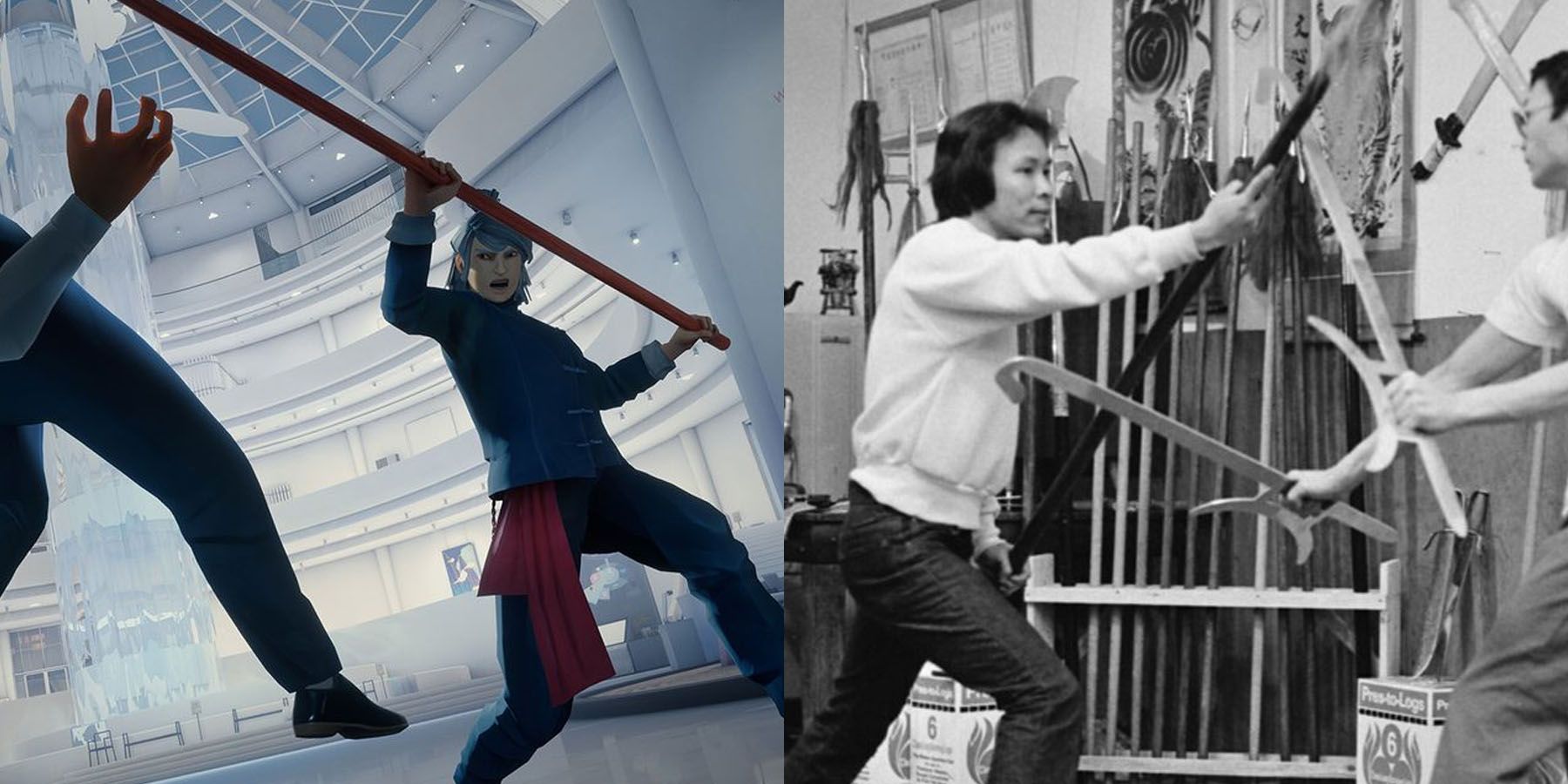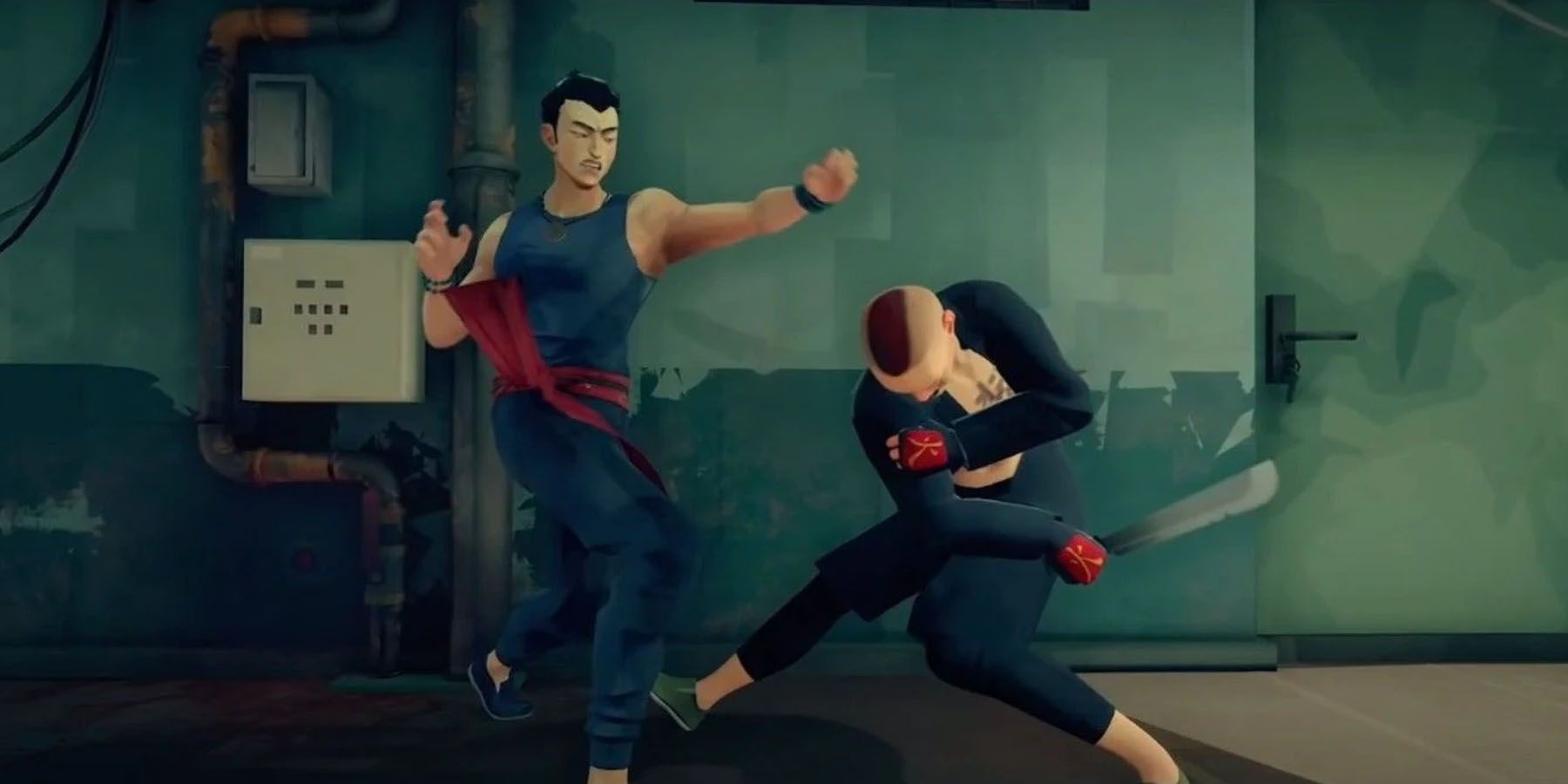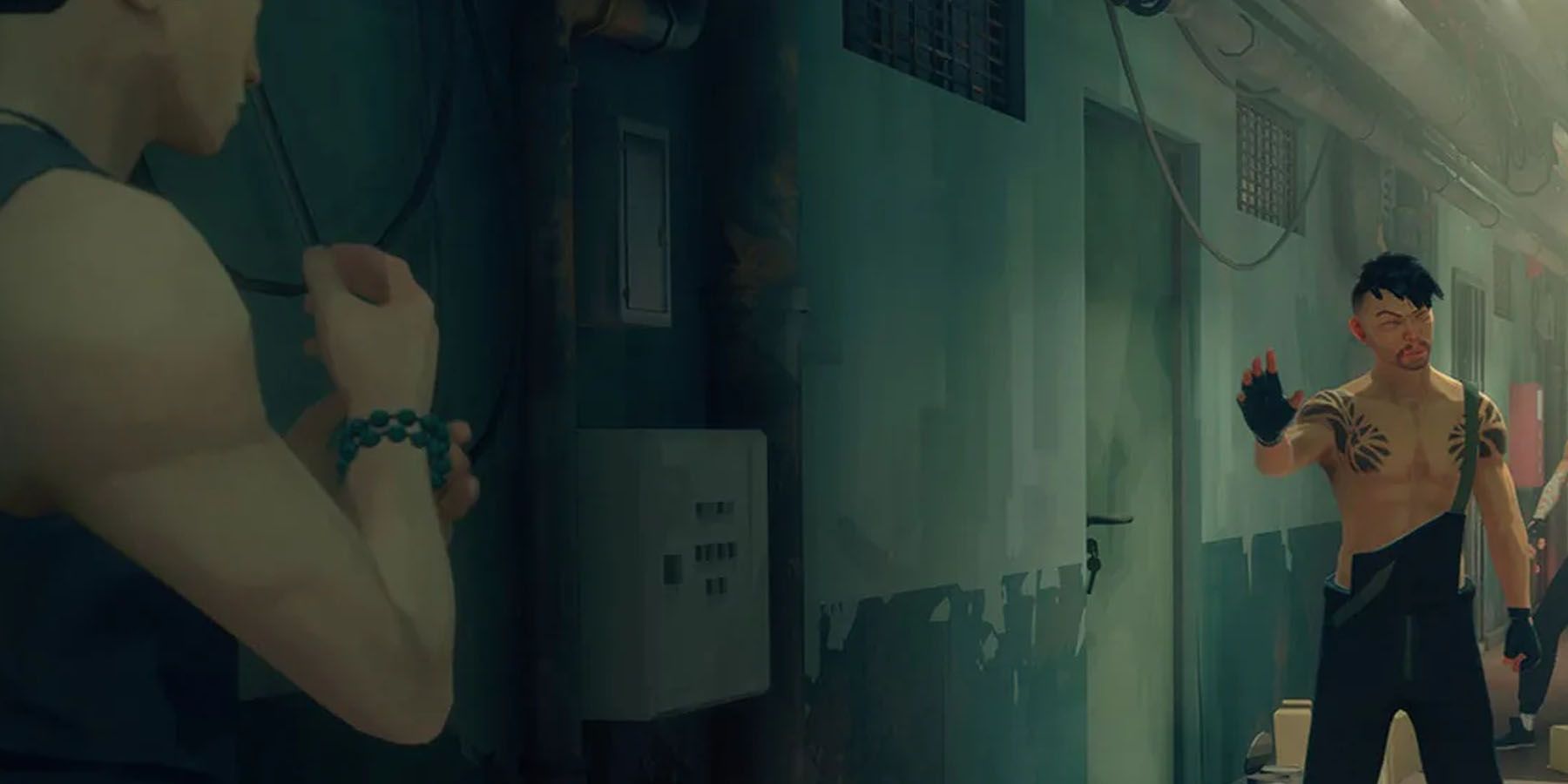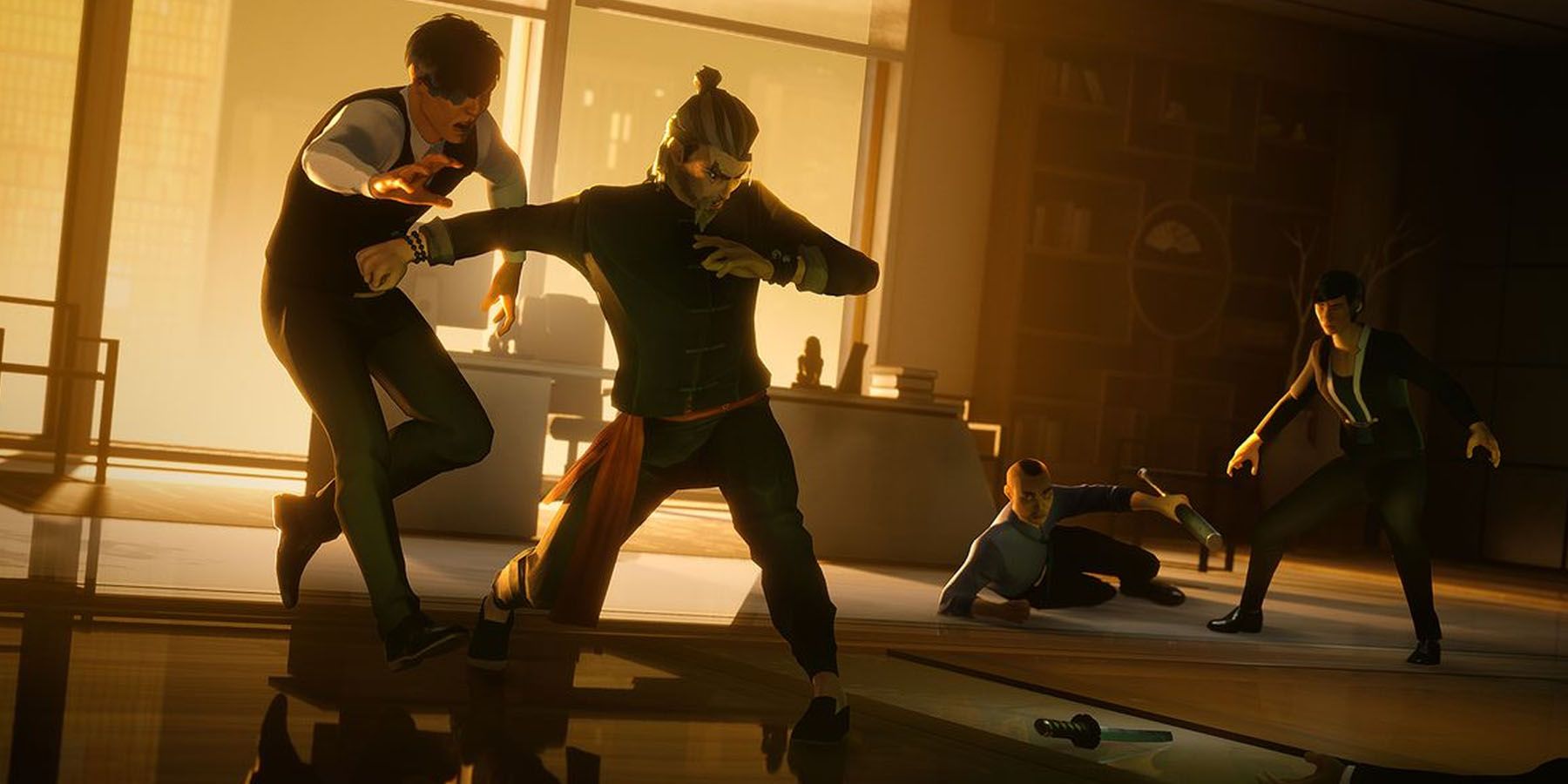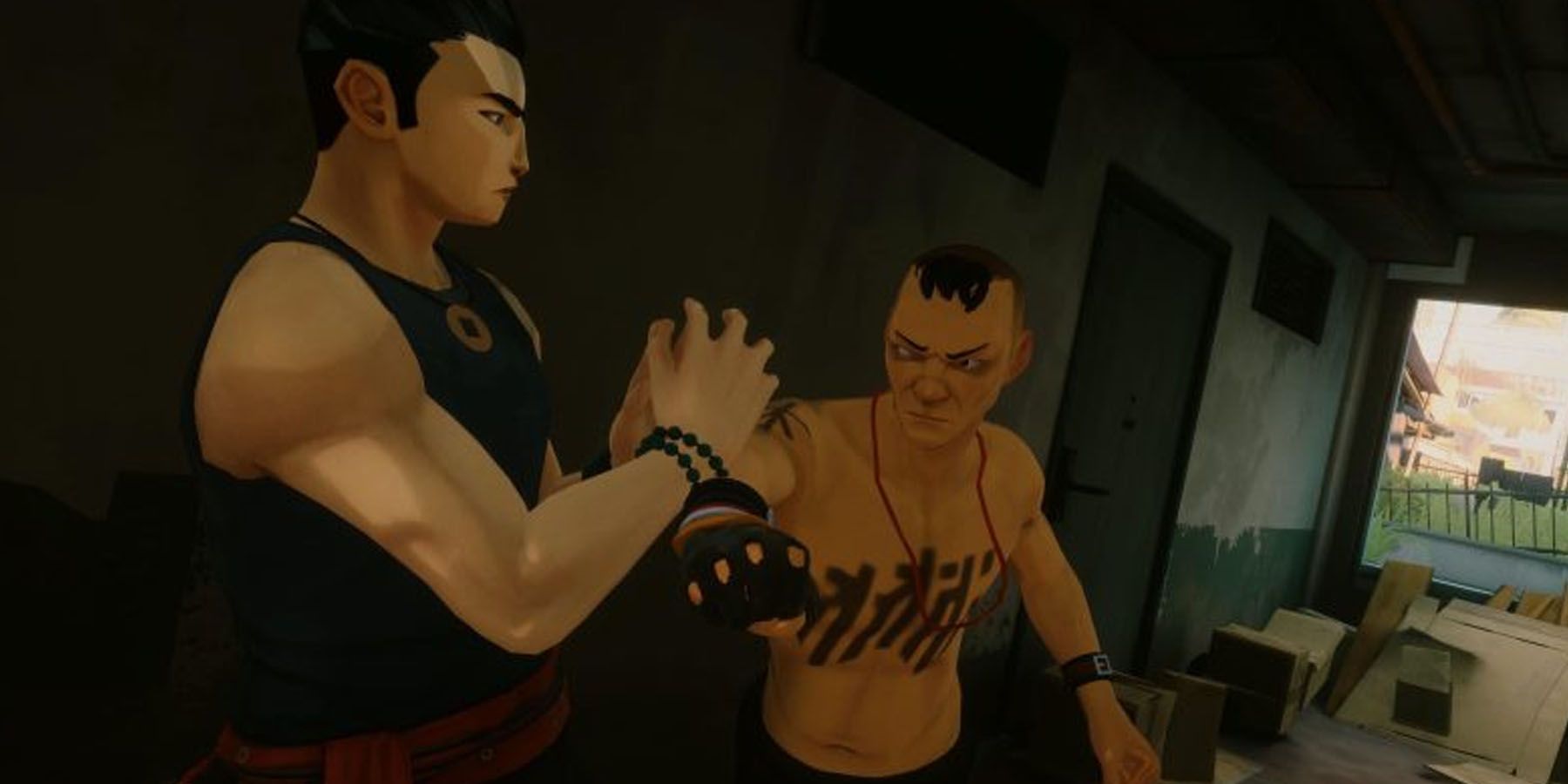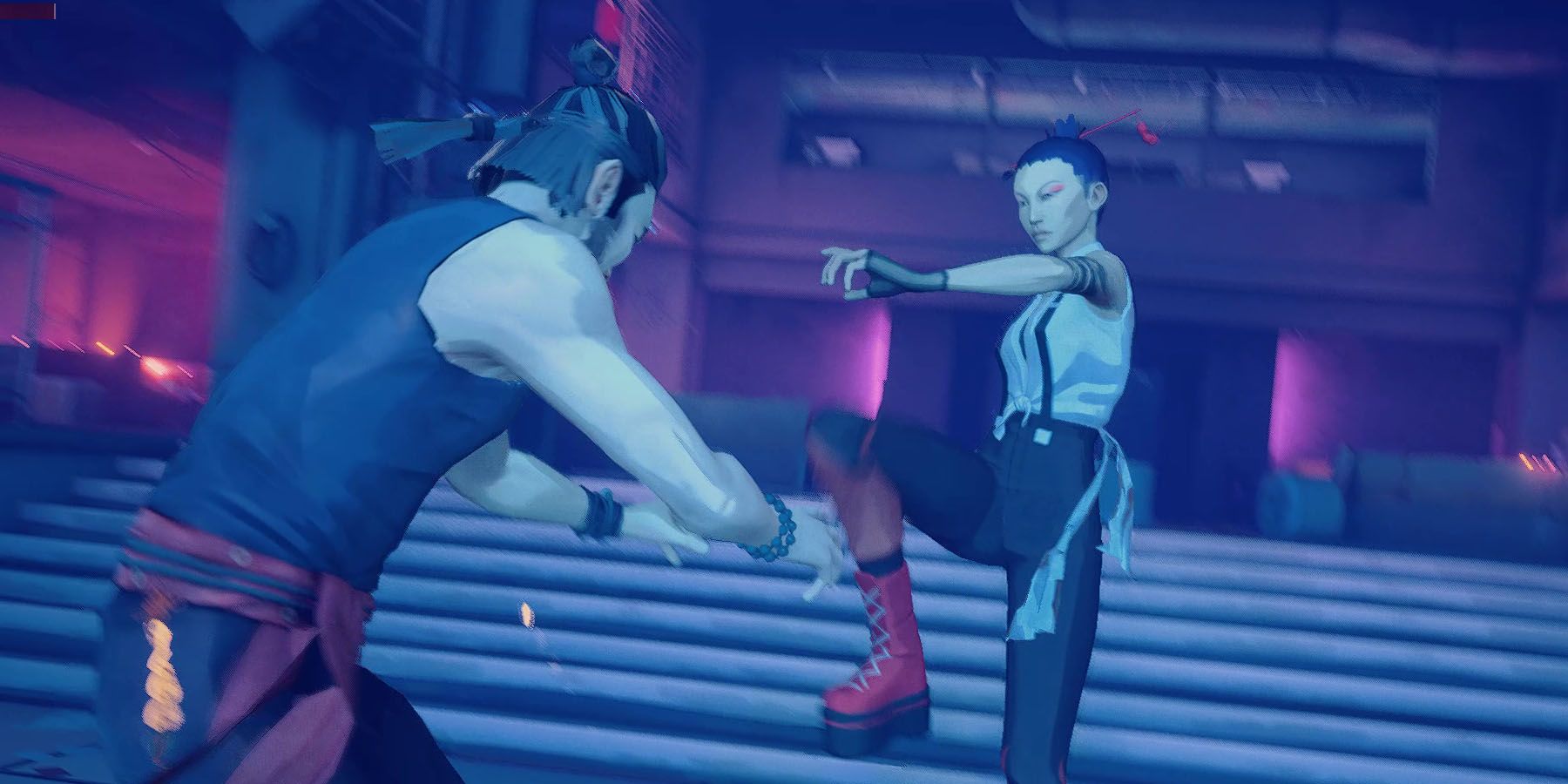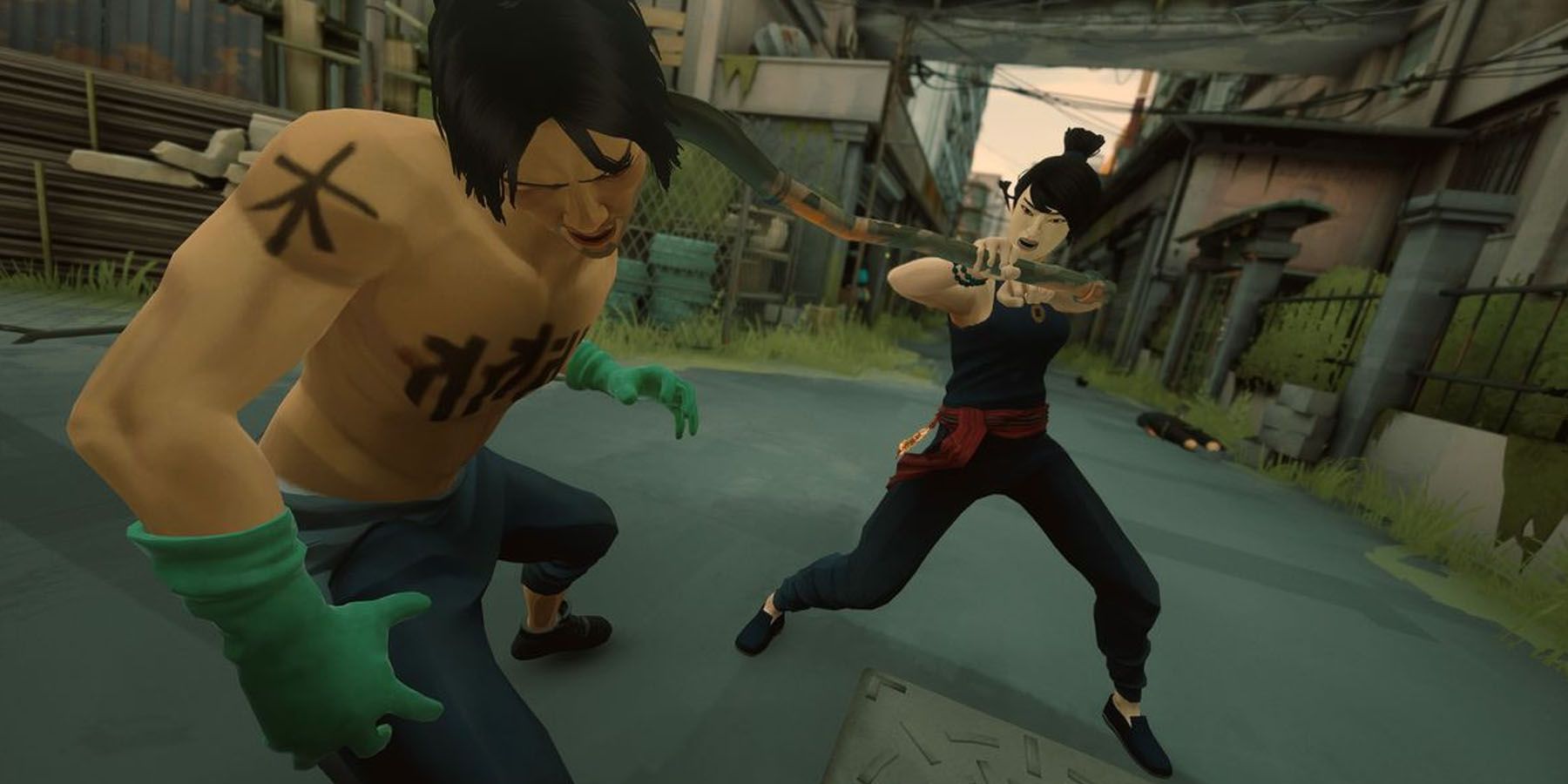When fans receive their copies of Sifu, they’re in for a surprise. After all, Sifu as a kung fu game isn’t exactly as flashy and fast-paced as other martial arts games appear. Rather, there’s a calculating aspect to it that makes each punch, kick, and dodge extremely rhythmic and satisfying for gamers.
Surprisingly enough, this slow yet sure pacing of Sifu’s gameplay seems extremely reminiscent of how martial arts practitioners do kung fu in real life. Moreover, fans who do careful analysis of Sifu’s elements might come to realize that, despite its unique appearance, Sifu gets quite a lot of things right about kung fu. However, exactly what elements of kung fu does Sifu pull off?
7 Based On The Bak Mei Fighting Style
Fans of Sifu who admired the realism attached to the game could credit this to Benjamin Colussi, a Paris-based martial artist who also specializes in the Bak Mei fighting style, which eventually became the basis of the martial arts largely used in the game.
Translated as “White Eyebrow,” Bak Mei is a figure in martial arts history known as one of the Five Elders who survived the Qing dynasty’s destruction of the Shaolin Monastery. In terms of martial arts, the Bak Mei fighting style emphasizes close-ranged and extremely powerful hand strikes. Its main movements are based on those of the tiger, with its “powers” focusing on thrusting, sinking, springing, neutralizing, the Tung, and the Chuk.
6 Skips What Fighting Games Do Wrong
In a Los Angeles Times piece, Colussi emphasized the “right” way to get kung fu in a game by elaborating on what other fighting games did wrong. Colussi said that developers initially asked him to make a single punch to the head, another to the torso, and a kick to the leg.
However, Colussi rebutted by requesting to “complicate” things, in a similar way to how martial arts happens in real life. After all, whereas typical games can have players “charge” a punch, real-life won’t need a fighter to “charge” or power up attacks if they already know how to use their fists. Colussi insisted on a more realistic approach to martial arts instead of what typical fighting games showed.
5 Reading Situations Matter
In the same Los Angeles Times piece, Colussi was asked for his thoughts on how games like Dark Souls emphasize on defense and parries affected his way of demonstrating martial arts in Sifu. Colussi explained that, similar to Dark Souls, this emphasis on defense isn’t just a concept within fighting strategies but an actual part of the mechanics.
Referring to this as “reading the situation,” Colussi says it’s important to read the situation of combat in order to understand how to get through it, else the players get killed. While Dark Souls doesn’t feature martial arts, Sifu and the aforementioned franchise emphasizes on the need for players to survey the situation first before deciding on the right movement. This explains why, outside martial arts films, mixed martial arts fights often have combatants roaming around the ring first before attacking as they need to survey how their opponents move before making a move of their own.
4 Focusing On Building Moments, Not Combos
Whereas a lot of fighting games emphasize on building combos and keeping up the “momentum” of tearing through mobs, Sifu instead focuses on not just mastering movement but how to capitalize on them in pivotal moments. For instance, it’s of course important to know how to punch and when to dodge. However, Sifu emphasizes that it’s much more important to learn which moves work together and when.
Unlike combos, Sifu wants to capitalize on building “moments” instead of attack combinations. This is why real training in martial arts styles often has trainees do movements in succession, akin to a dance. This is because particular moments in these movements work best in a particular order, which makes them more effective when used in combat.
3 Defense Matters More Than Offense
While it’s attacks that get opponents knocked out in most fighting games, Sifu emphasizes the real-life value of knowing one’s defense. This is why it’s advised for everyone to know a bit of “self-defense,” as sometimes the best way to defeat an opponent is to use their own attacks against them. In the game, Sifu uses a three-tiered defense system that puts a huge emphasis on timed defensive movement.
This forms a core structure of the game’s mechanics and is often the source of the game’s flashier combos. For instance, blocking won’t lose health but will lose structure, making the Student prone for bigger attacks. Alternatively, holding the guard button and moving the stick allows the Student to dodge attacks, potentially causing opponents to whiff and leave them right open if players can predict where attacks are coming from. Lastly, guarding as soon as opponents strike can perform deflections, letting players knock enemies off balance and leaving them wide open for counters.
2 Opportunities Over The Rule Of Cool
In a lot of fighting games, there’s a suspension of disbelief where protagonists are expected to do incredible things over what’s realistically expected of them. This results in powerful attacks that can break through walls or withstand incredible amounts of damage. In Sifu, the “Rule of Cool” is thrown out the window and instead places a huge emphasis on creating opportunities that naturally fit in with the character’s reactions in gameplay.
As mentioned, various martial arts styles often capitalize on sequential movement to help dodges, blocks, and attacks push through. In Sifu, players need to not just identify moments where they can insert their movement but also create opportunities where they can land their attacks. Instead of relying on combos, Sifu forces players to use various moments in combat as windows of opportunities to get attacks in - be it when they land a hit or catch enemies off-guard.
1 Clarity Of Movement, Rhythm Matters
Colussi also emphasized the need to have both the players and their enemies feel as though they’re in a rhythm, explaining why combat in Sifu is much slower compared to other games. Pertaining to this as “clarity of movement,” Colussi explained that prioritizing speed in games means players might not understand what’s going on.
In real life, he said striking too fast but without power will lose the meaning of the attack, akin to talking really fast but without any comprehensible words. As such, Sifu slows down fighting to give players a sense of “purpose” in combat, that their strikes should “fit” in the way enemies move in order to control the flow of battle and ultimately get the upper hand.
Sifu is currently available on PC, PS4, and PS5.

